UTokyo researchers answer questions on 21 GX (Green Transformation) topics from their specialist viewpoints. Through questions that cannot simply be brushed off as someone else’s concerns, take a peek into GX and our world of research.
Q5. Why are insect-based foods a hot topic these days?
Nowadays, you can find crackers, ramen and other kinds of food that contain insects being sold in stores. Does this mean that humanity has to start eating insects to survive?Answered by Masami Shimoda
Professor, Graduate School of Agricultural and Life Sciences
Agricultural and Environmental Biology
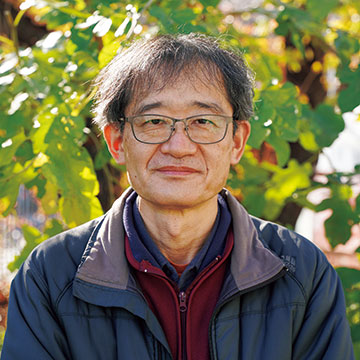
An excellent source of protein with a low environmental impact
Food shortages are getting more severe as the human population grows. According to UN estimates, the world’s population is forecast to grow from its current 8 billion (as of 2022) to 10 billion by 2058. While it is clear that crop production must increase to deal with this growth, harvest yields may drop due to droughts and heatwaves if global warming is not addressed. Any attempt to make up for food deficits with livestock farming and aquaculture will put a huge burden on the environment from the production of greenhouse gases and consumption of water resources.
Because of these circumstances, insect-based food is now in the spotlight. Insects contain lots of animal protein and fats essential for human life. Also, as insect cultivation requires less feed and water compared to livestock farming, it places a smaller burden on the environment. Insect-based foods have already been commercialized in Europe, with bread and cookies containing crickets on sale at regular supermarkets and other outlets. Foods containing powdered crickets have also started to appear in Japan.
In addition, efforts to use insects as feed for livestock or farmed fish have increased. Hopes are high in Japan that insect-based feed will be used to replace sardines, which are in short supply due to overfishing. Meanwhile, Europe has started using mealworms (Tenebrionidae larvae) as animal feed.
The great potential of black soldier flies
The black soldier fly is expected to become the next big thing in the world of insect-based foods. What sets this fly apart from other omnivorous insects, such as crickets and mealworms, is its ability to eat rotten meat and vegetables. Ultimately, it can eat not only raw garbage, but also feces and urine from livestock. Yielding an extremely high recovery rate as a food source, black soldier flies grow well even if fed with low-grade feed containing only a few percent of protein, and the dried, matured larvae consist of 50% to 60% protein and 20% to 30% fat. Moreover, their excrement can be used as plant fertilizer, as it is efficiently decomposed by digestive fluids and microorganisms. Whereas it takes several months for microorganisms to convert livestock excrement into fertilizer, the equivalent process using black soldier flies can be achieved in a short time. Also, plants given fertilizer produced from black soldier flies are known to receive extra benefits, such as increased disease resistance.
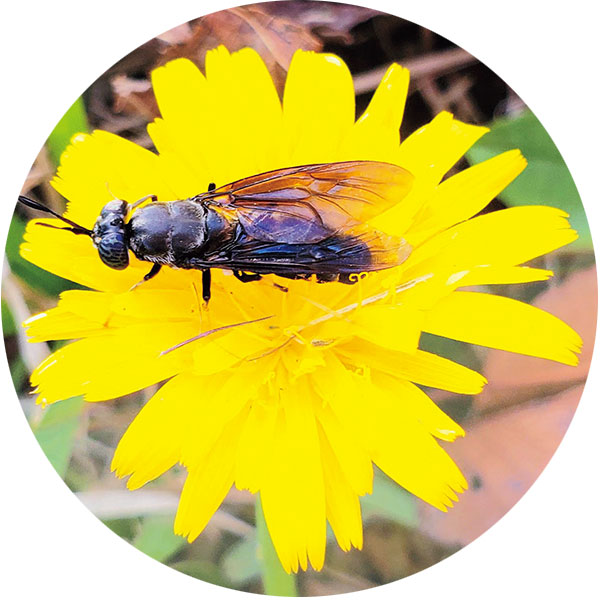
An adult black soldier fly (Hermetia illucens, belonging to the order Diptera and family Stratiomyidae). Found in many areas of the world, including Japan.
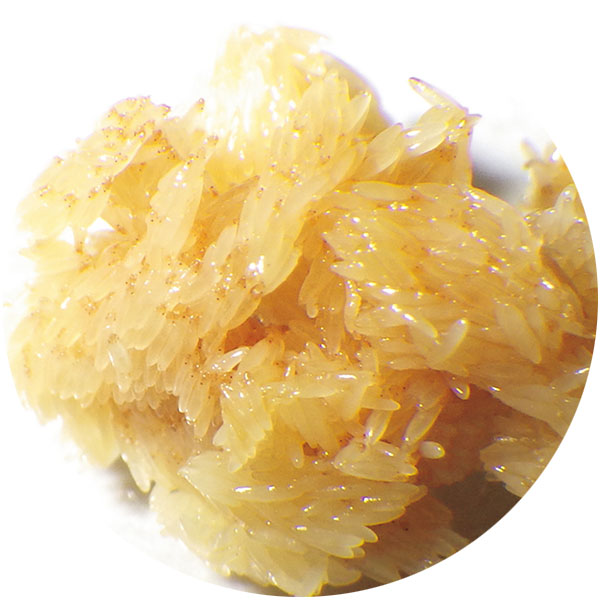
The whitish eggs produced by the adult hatch into larvae after a few days.
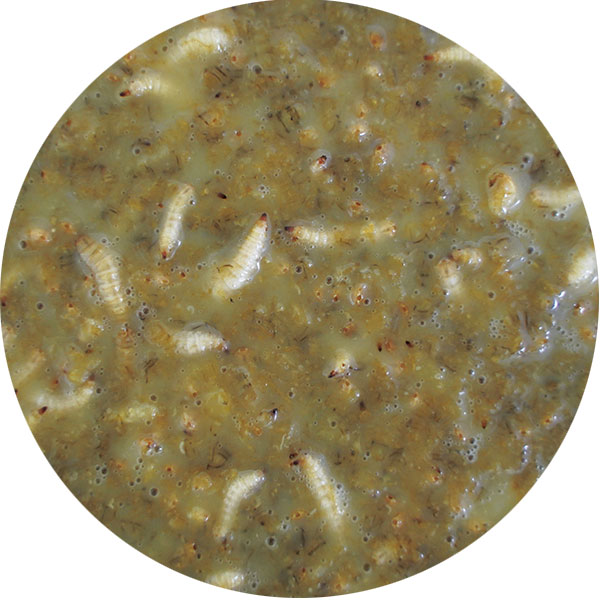
Larvae under cultivation. The wormlike larvae reach 2 cm in length. In the picture, they are being fed okara (soy pulp).
Black soldier flies eat trash that cannot be processed, do not produce any waste of their own, and can also be turned into animal feed and fertilizer – positioning them as the ultimate in food resource recycling systems. However, some issues still need to be resolved before these insects can be fully brought to market. Although several startups dealing with black soldier flies have been established in Europe and the U.S., the technology and systems needed to raise and efficiently process large amounts of them are not yet in place.
Using techniques such as breeding methods and genetic engineering, my laboratory is attempting to domesticate and breed black soldier flies. What we hope to achieve with black soldier flies in just five to 10 years took humankind several thousand years with silkworms. With several difficult issues to resolve, our current chance of success stands at about 1%. The probability may be small now, but we are working every day to increase that number.
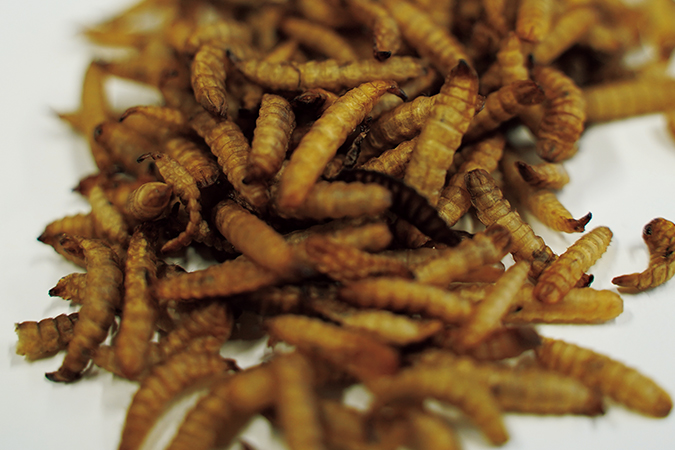
Dried larvae. A source of high-quality protein, they can be used as they are as feed for farmed fish and pets, or powdered and mixed into food ingredients.







